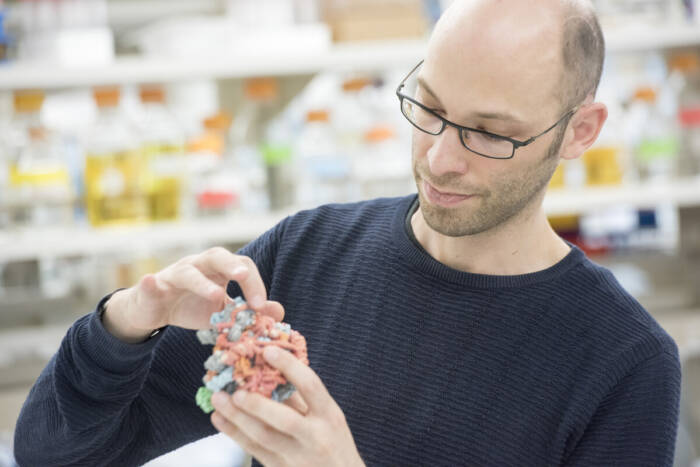Study sheds new light on how epigenetic events might spur disease
Scientists are increasingly tracing a variety of diseases back to the so-called ‘epigenome’, a type of indexing system imposed on DNA that dictates how genes should be read by the cells. Now, a new study finds that changes in two epigenetics mechanisms—DNA and histone methylation—may interact to spur disease.
The scientists looked at two developmental syndromes called Tatton Brown-Rahman (TBRS) and Sotos, which have similar symptoms and both cause overgrowth in children. While TBRS is caused by mutations in DNMT3A, an enzyme that modifies DNA through methylation, Sotos involves histone methylation changes that act not on DNA itself but rather on the proteins that package it.
The recent study, published in Nature, showed that the specific histone modification affected in Sotos, called H3K36me2, normally recruits DNMT3A to the DNA. When a mutation causes reduction of H3K36me2, as happens in Sotos as well as in head and neck cancers, it results in reduced DNA methylation, and ultimately in the overgrowth of tissues.
“A lot happens between a mutation occurring in a cell and that leading to disease. Our findings help figure out that exact chain of events,” says Daniel Weinberg, an M.D.-Ph.D. student in C. David Allis’s lab, who co-authored the work along with collaborators at other institutions. They hope that the findings will help scientists decipher the underlying causes of a variety of illnesses, including developmental disorders and cancer.



